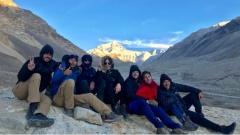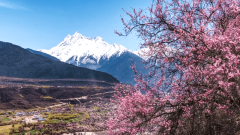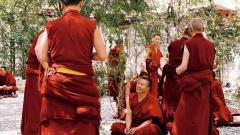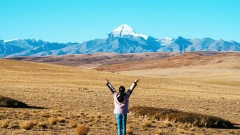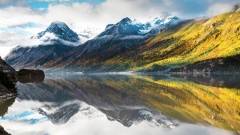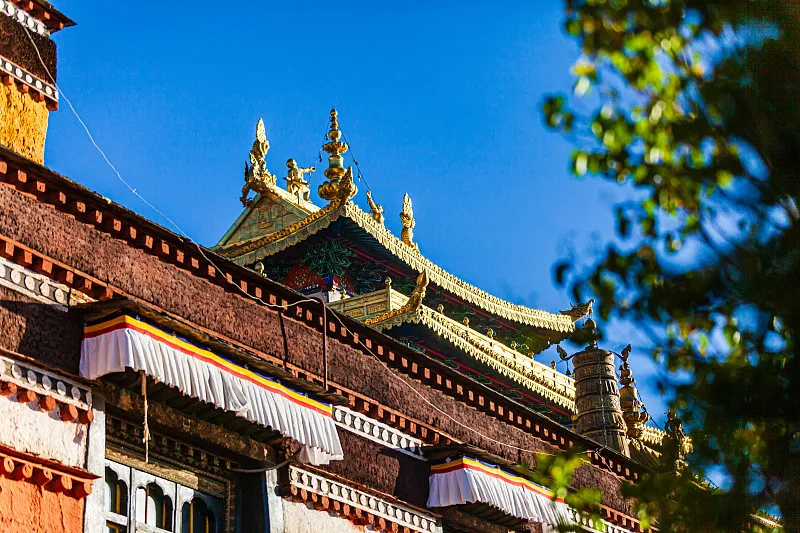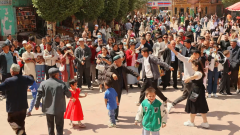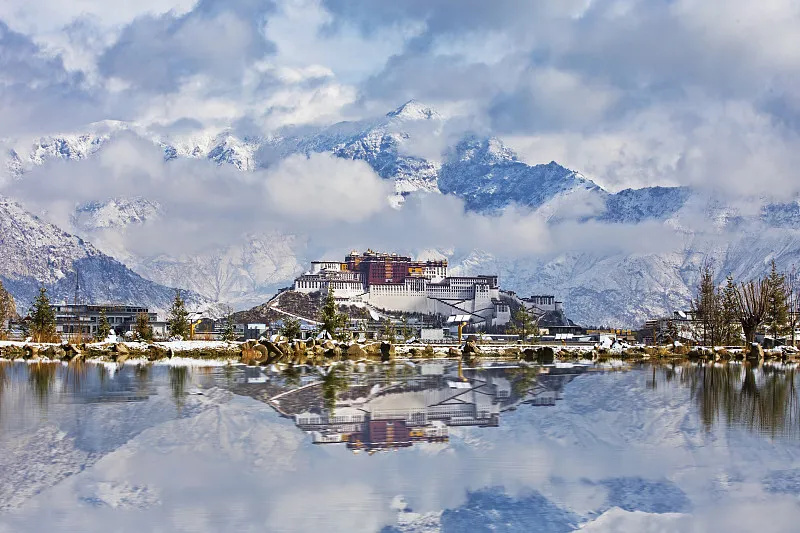Traveling to Tibet is not only a journey to admire snow-capped mountains, sacred lakes, and monasteries, but also a test for both body and mind. The high-altitude environment, complex climate, unique diet, and long journeys pose greater challenges to travelers. To ensure a smoother and safer trip, it is crucial to be well-prepared. This guide provides comprehensive health and safety tips for your journey in Tibet.
1. Preventing and Coping with Altitude Sickness
The most common issue when traveling in Tibet is altitude sickness. Most areas sit above 4,000 meters, with thin air and lower oxygen levels. Symptoms such as headaches, insomnia, nausea, and fatigue are common during the first days.
- Prevention
Gradual acclimatization: If possible, spend 2–3 days in mid-altitude cities like Xining or Lijiang before entering Lhasa.
Slow down: Avoid strenuous activities in the first two days, rest well, and maintain a calm mindset.
Dietary habits: Drink plenty of water, avoid alcohol, and eat light, easily digestible meals.
Medication: With a doctor’s advice, consider using Rhodiola, acetazolamide (Diamox), or other preventive medicines.
- Emergency measures
Oxygen can relieve discomfort; most hotels, vehicles, and pharmacies in Tibet provide oxygen bottles.
If symptoms worsen, such as difficulty breathing, severe headaches, or coughing blood, descend to lower altitude immediately and seek medical help.
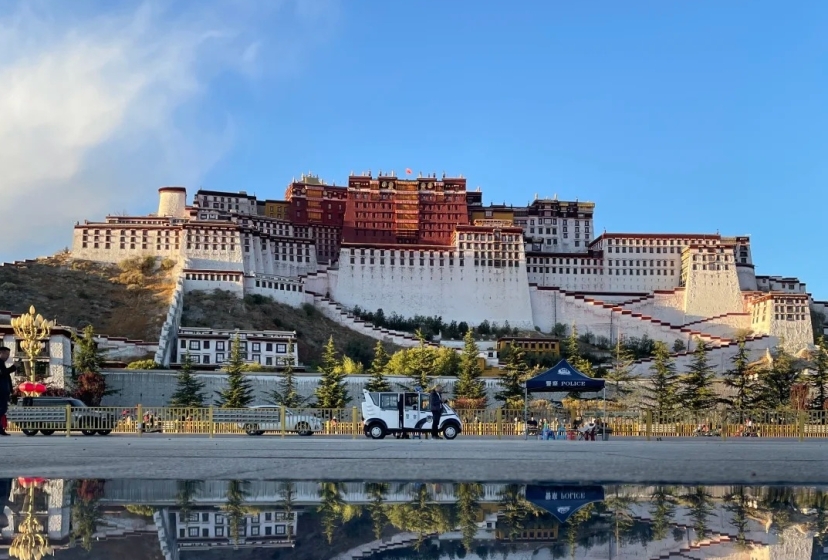
Potala Palace
2. Transportation Safety
Tibet is vast, with winding mountain roads and long driving distances.
Tips
Choose vehicles arranged by licensed travel agencies and driven by local drivers familiar with the terrain.
Avoid night travel due to poor visibility and potential wildlife crossing the roads.
Carry motion sickness medication if needed, and sit near the front of the vehicle.
Bring snacks, hot water, and warm clothing for long journeys.
3. Food and Water Safety
Tibetan cuisine is unique, but visitors may find it difficult to adapt at first.
- Food suggestions
Opt for freshly cooked, hot meals and avoid raw or undercooked food.
Be cautious with street food to prevent stomach issues.
Try local specialties such as tsampa, yak meat, and butter tea—but in moderation.
- Drinking water
Tap water in Tibet is not safe to drink. Always drink bottled water or boiled water.
For trekking or remote areas, carry water purification tablets or portable filters.

4. Clothing and Sun Protection
Tibet’s climate is unpredictable, with large day-night temperature differences. Both warmth and sun protection are essential.
- Clothing
Dress in layers: quick-dry base layer + fleece + windproof jacket.
Wear sturdy hiking shoes for diverse terrains.
Hats, gloves, and scarves are very useful at high altitudes.
- Sun protection
UV rays are extremely strong in Tibet. Bring sunglasses, sunscreen (SPF 50+), and lip balm.
Long-sleeved clothing helps protect against both sun and wind.
5. Medical and Insurance Support
Medical facilities in Lhasa are relatively good, but options are limited in remote areas.
Practical tips
Pack basic medicines: cold medicine, painkillers, anti-diarrheal pills, band-aids, disinfectant wipes.
Bring personal prescriptions and medical history for emergencies.
Purchase travel insurance that covers high-altitude travel and emergency evacuation.
6. Respecting Local Culture and Customs
Tibet is not only a land of natural beauty but also a spiritual and cultural hub. Respecting traditions is part of safe and responsible travel.
Etiquette
Keep quiet inside monasteries and follow photo restrictions.
When circumambulating stupas or mani piles, walk clockwise.
Do not touch others’ heads or step over sacred objects like scriptures and prayer flags.
A smile and nod are good ways to greet locals—avoid unnecessary physical contact.
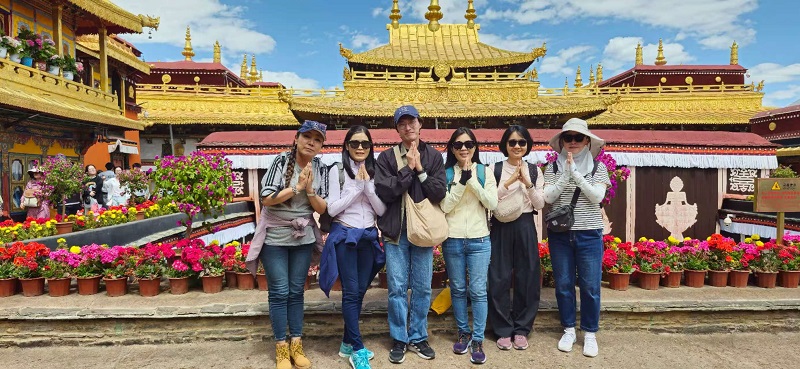
7. Special Tips for Remote Areas
Trips to Ali, Everest Base Camp, or Namtso require extra caution.
Preparation
Communication signals are unreliable; inform family or travel agencies about your itinerary in advance.
Carry enough cash as small towns may not accept mobile payments.
For self-driving trips, prepare fuel, food, and emergency supplies.
Follow border regulations and cooperate with checkpoints.
8. Mental and Physical Readiness
Traveling in Tibet tests not only the body but also the spirit.
- Before the trip
Improve endurance with aerobic exercise.
Learn a few simple Tibetan or Mandarin phrases to ease communication.
Read about Tibet’s history, culture, and religion for a deeper experience.
- During the trip
Stay positive—mild altitude discomfort is normal.
Ensure quality sleep, as rest is key to adaptation.
Traveling to Tibet is a dream for many. The snow mountains, lakes, and monasteries form a breathtaking landscape worth experiencing at least once in a lifetime. But only with proper health and safety preparation can you enjoy a truly memorable journey on the plateau. Remember: safety is the foundation of travel, and health is the guarantee of enjoyment.
》Click here to learn more about China Dragon Travel and its itineraries



